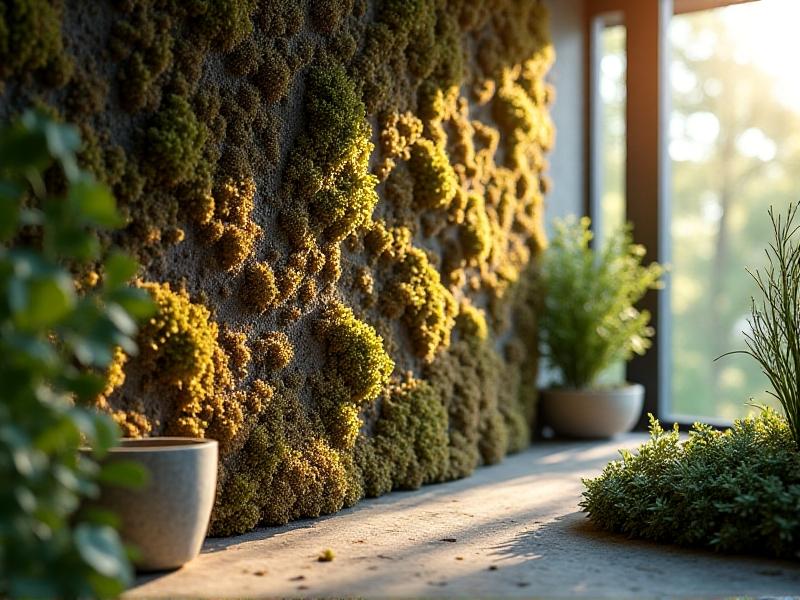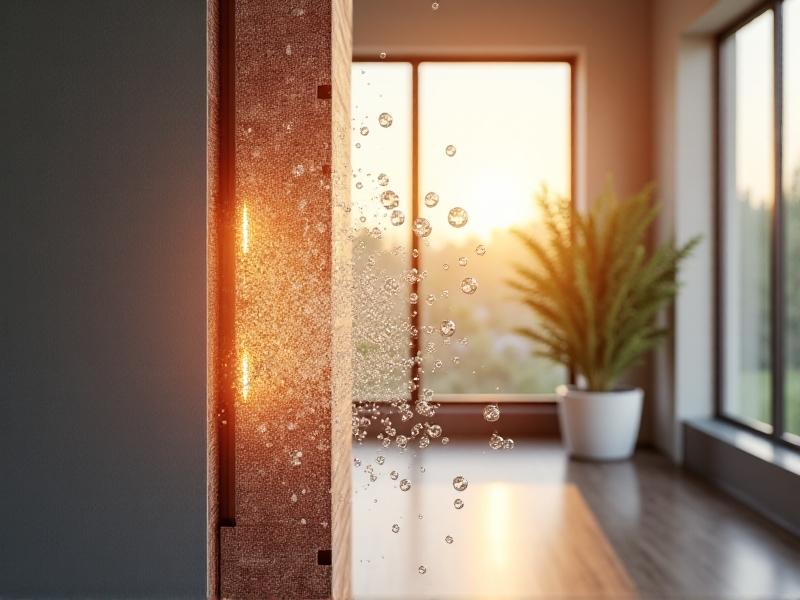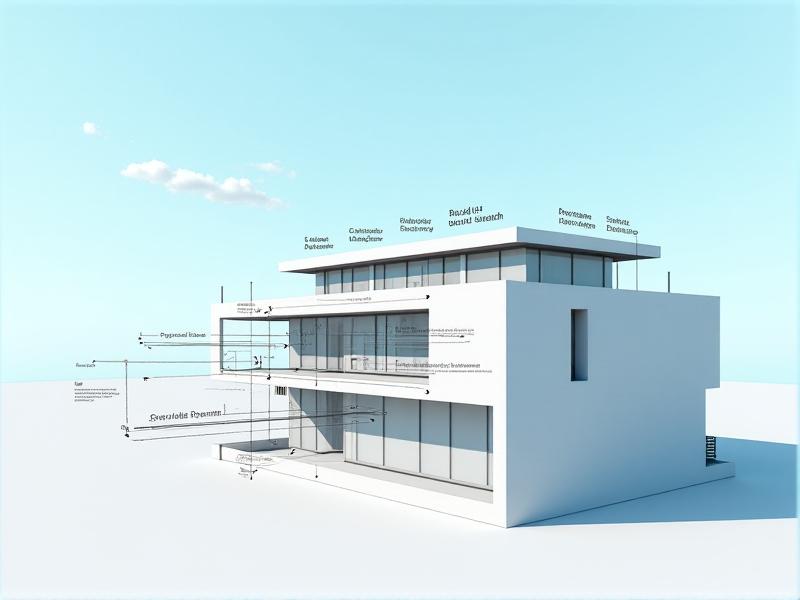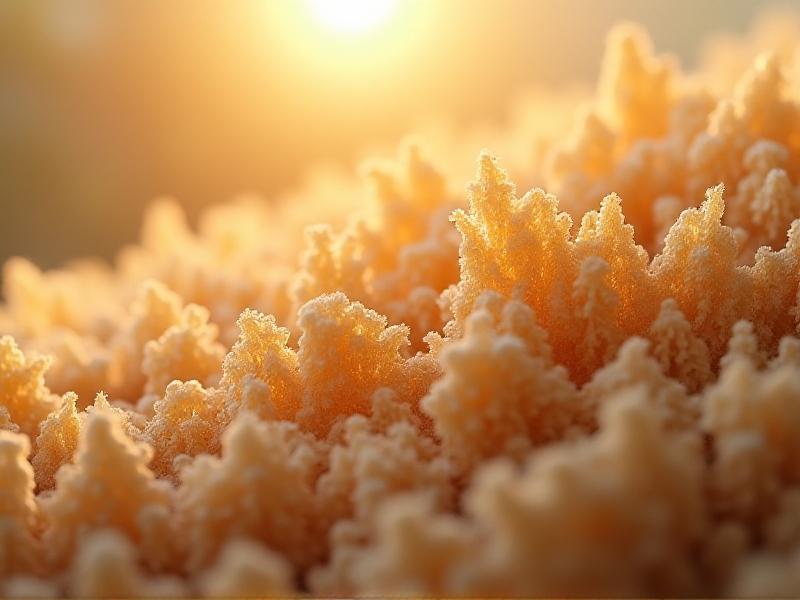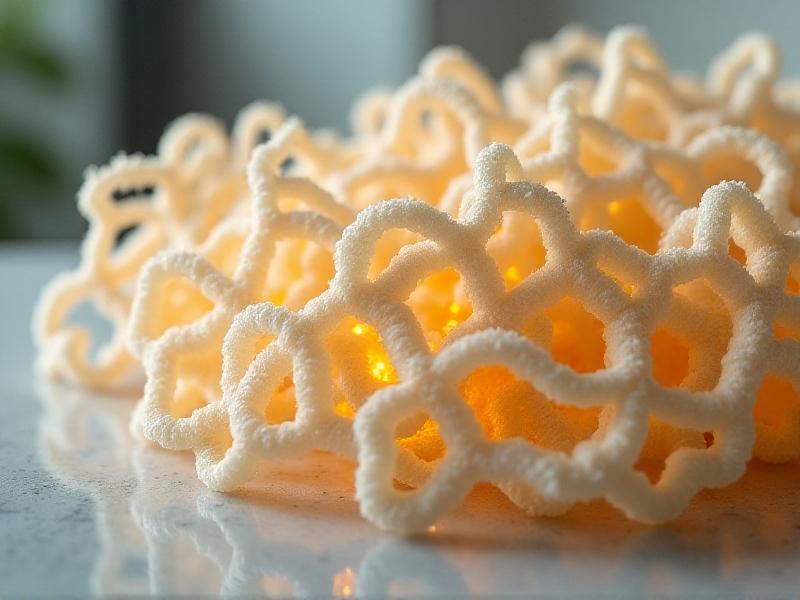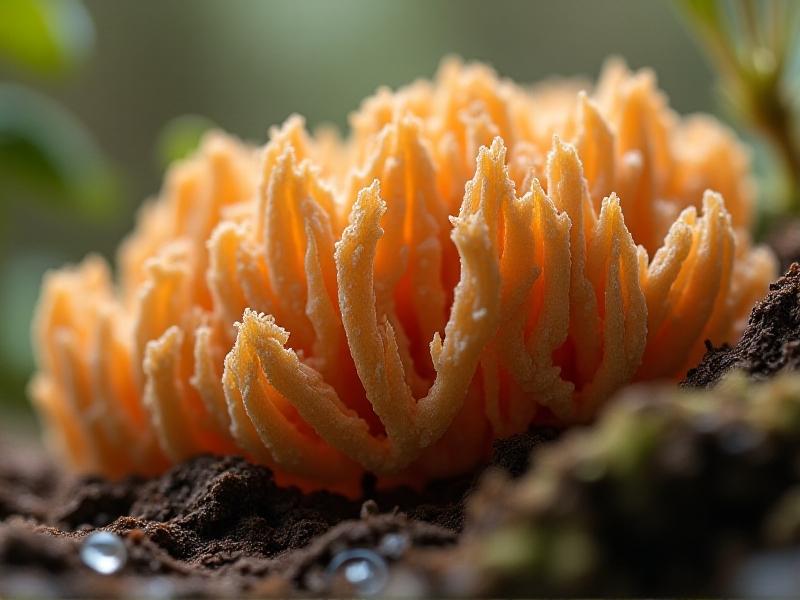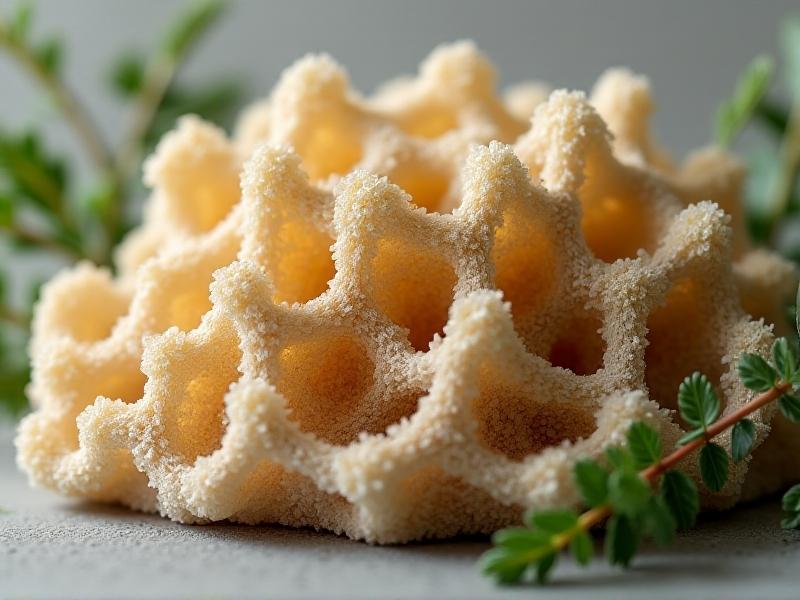Carbon Sequestration Potential of Fungal Building Materials
The Science Behind Fungal Building Materials
Fungal building materials, often referred to as mycelium-based composites, are emerging as a revolutionary alternative in sustainable construction. Mycelium, the root-like structure of fungi, can be grown on agricultural waste to create lightweight, durable, and biodegradable materials. The process involves inoculating substrates like straw, sawdust, or hemp with fungal spores, which then grow and bind the substrate into a solid structure. This method not only repurposes waste but also avoids the carbon-intensive processes associated with traditional building materials like concrete and steel.
One of the most compelling aspects of fungal building materials is their carbon sequestration potential. As mycelium grows, it absorbs carbon dioxide from the atmosphere and stores it within its structure. Unlike conventional materials that release carbon during production, mycelium-based composites lock carbon away, making them a carbon-negative solution. Research has shown that these materials can store significant amounts of carbon over their lifecycle, offering a promising pathway to reducing the construction industry’s carbon footprint.

Carbon Sequestration: How Fungi Capture and Store Carbon
Carbon sequestration is the process of capturing and storing atmospheric carbon dioxide to mitigate climate change. Fungi play a unique role in this process through their ability to absorb carbon during growth. Mycelium, the vegetative part of fungi, thrives on organic matter, breaking it down and converting it into biomass. This biomass contains carbon, which remains stored as long as the material is intact. When used in construction, mycelium-based materials can sequester carbon for decades, if not longer.
Compared to other natural carbon sinks like forests or oceans, fungal building materials offer a more controlled and scalable solution. While forests can be affected by deforestation or wildfires, mycelium-based composites are stable and can be produced in controlled environments. Additionally, their lightweight nature reduces transportation emissions, further enhancing their environmental benefits. By integrating these materials into construction projects, we can create buildings that actively contribute to carbon reduction efforts.

Applications of Fungal Building Materials in Construction
The versatility of fungal building materials makes them suitable for a wide range of construction applications. From insulation panels to structural blocks, mycelium-based composites can replace traditional materials in various building components. For instance, mycelium insulation offers excellent thermal and acoustic properties, making it an ideal choice for energy-efficient buildings. Similarly, mycelium bricks can be used to construct walls, providing a lightweight and sustainable alternative to concrete blocks.
Beyond their functional benefits, fungal materials also open up new possibilities for architectural design. Their organic nature allows for the creation of unique shapes and textures, enabling architects to explore innovative and aesthetically pleasing designs. Projects like the Hy-Fi Tower in New York, constructed entirely from mycelium bricks, demonstrate the potential of these materials to redefine modern architecture. As research and development continue, we can expect to see even more creative applications of fungal building materials in the construction industry.
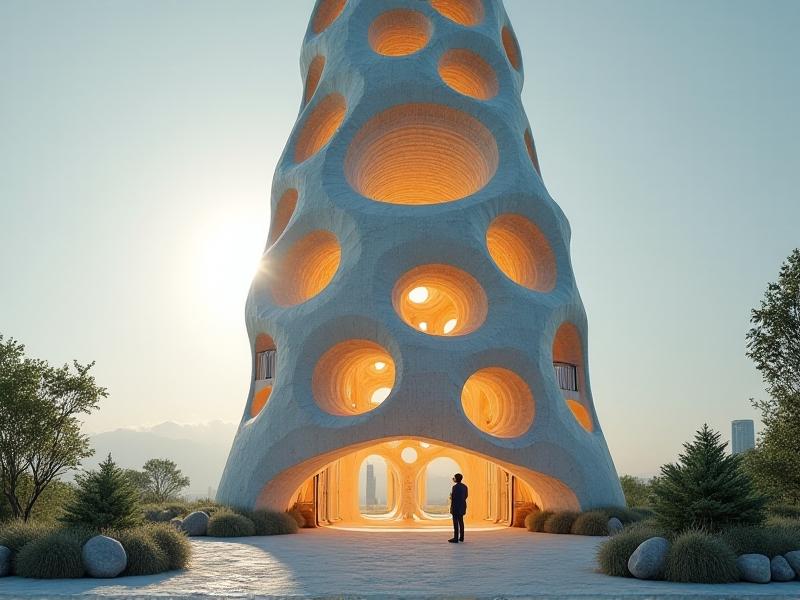
Environmental Benefits Beyond Carbon Sequestration
While carbon sequestration is a significant advantage, fungal building materials offer a host of other environmental benefits. Their production requires minimal energy and water compared to traditional materials, reducing overall resource consumption. Additionally, since mycelium grows on agricultural waste, it helps divert organic matter from landfills, where it would otherwise decompose and release methane, a potent greenhouse gas.
Another notable benefit is the biodegradability of mycelium-based composites. At the end of their lifecycle, these materials can be composted, returning nutrients to the soil and completing a circular loop. This contrasts sharply with conventional materials like concrete, which often end up as non-recyclable waste. By adopting fungal building materials, the construction industry can move closer to achieving a circular economy, where waste is minimized, and resources are continually reused.
Challenges and Future Prospects
Despite their potential, fungal building materials face several challenges that need to be addressed for widespread adoption. One major hurdle is scalability. While small-scale projects have demonstrated the viability of these materials, large-scale production remains a challenge. Researchers are working on optimizing growth conditions and developing efficient manufacturing processes to meet the demands of the construction industry.
Another challenge is public perception and regulatory acceptance. Many people are unfamiliar with mycelium-based materials, and there may be skepticism about their durability and safety. Rigorous testing and certification will be essential to build trust and ensure compliance with building codes. As awareness grows and these materials become more mainstream, we can expect to see increased investment and innovation in this field, paving the way for a more sustainable future in construction.
